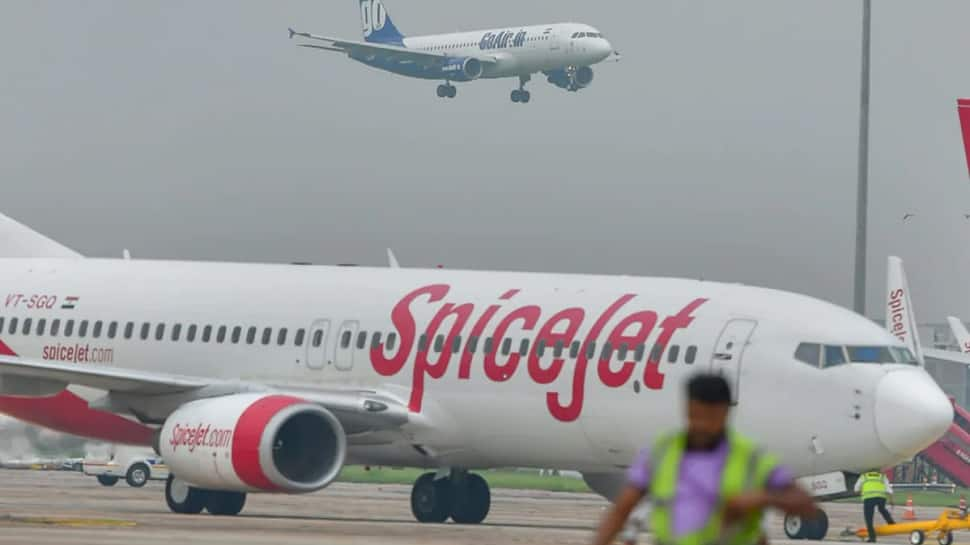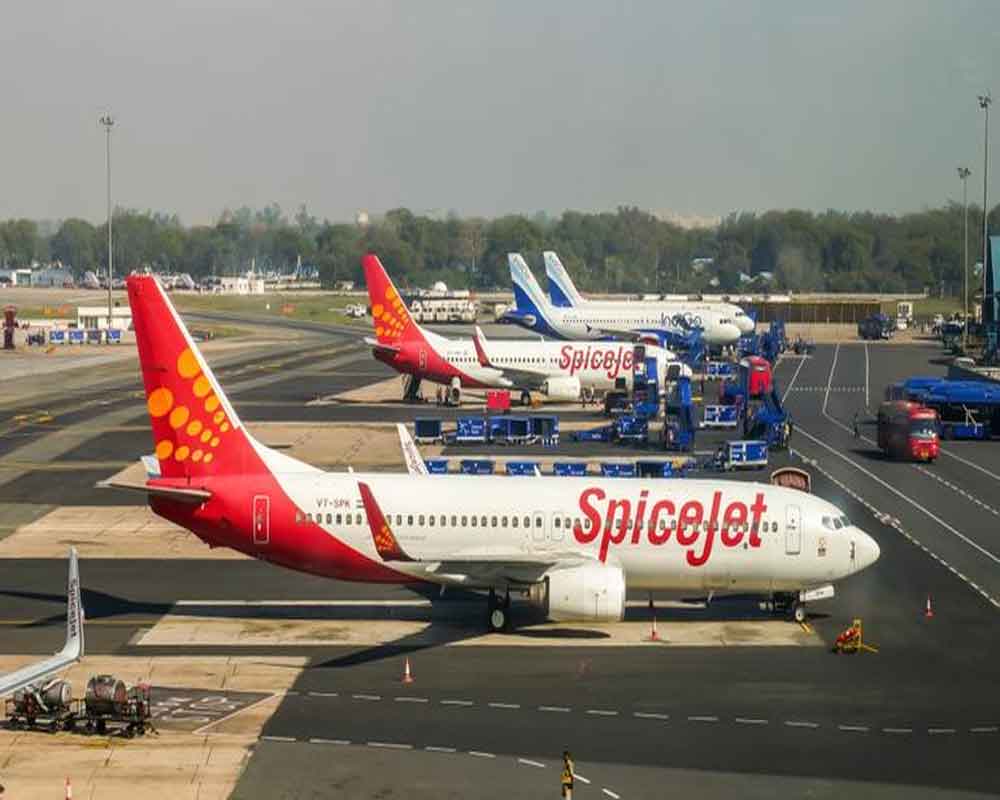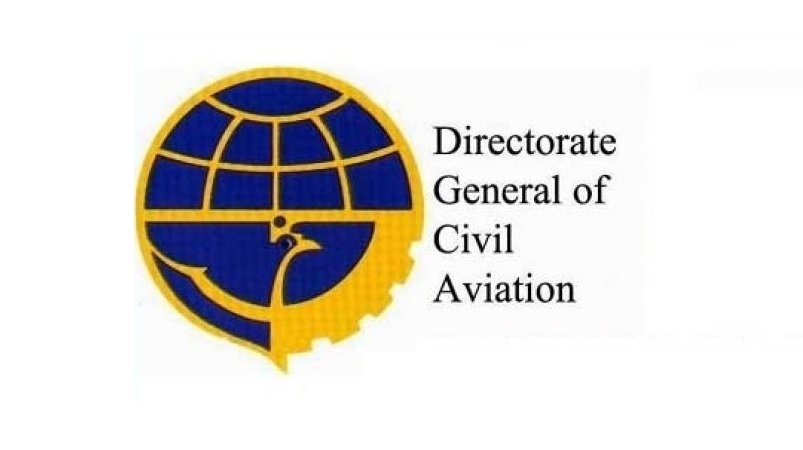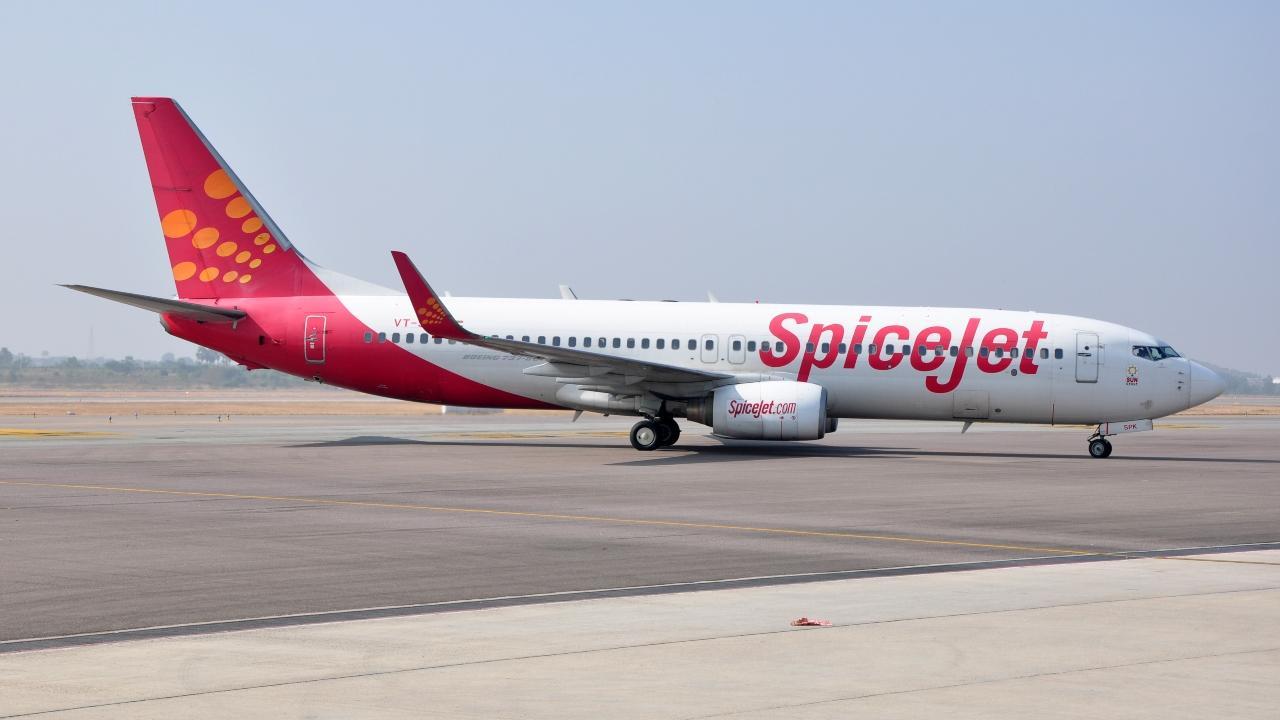DGCA issues notice to Spice Jet: ‘Failed to establish safe, efficient and reliable air services

The aviation regulator DGCA is asking SpiceJet for an explanation after an unusually high number of accidents involving its aircraft.
The Directorate General of Civil Aviation, or DGCA, has identified significant flaws in the way SpiceJet is operating, including running flights with “degraded safety margins,” problems that indicate “poor internal safety oversight,” and vendor late payments that result in a shortage of spare parts for the airline’s fleet.
Spice Jet has been sent a show-cause notice by the Directorate General of Civil Aviation (DGCA), requesting an explanation as to why no action should be taken against them for failing “to create safe, efficient and reliable air services”.
Jyotiraditya Scindia, minister of civil aviation for the Union, noted recent incidents of technical problems concerning SpiceJet aircraft and stated on Wednesday that passenger safety was of the utmost importance.

According to the Union Minister, every mistake that jeopardizes passenger safety will be properly examined and addressed.
“Safety for passengers comes first.” A comprehensive investigation and course correction would be made for even the smallest error compromises safety. ” Mr. Scindia shared a show-cause notice that the aviation watchdog had given SpiceJet.
“The reported occurrences on Spice Jet aircraft from April 1, 2022, to the present have been examined.” On a number of occasions, it has been noticed that the aircraft either turned around and returned to its starting point or preceded landing at the destination with reduced safety margins.
Poor internal safety supervision and insufficient maintenance efforts, given that the majority of events are caused by component failures or system-related failures, degrade safety margins, according to the scathing warning.
On Tuesday, July 5, the airlines’ flights encountered three problems: a Delhi-Dubai flight that diverted to Karachi; a Kandla-Mumbai flight that made a priority landing after the outer glass of its windshield cracked; and a Kolkata-China freighter that had to turn around due to malfunctioning weather radar.

These occurred following a string of related events in recent weeks. According to the regulator, a financial analysis of SpiceJet conducted in September “found that the airline is running on cash and carry; suppliers/approved vendors are not being paid regularly, resulting in a scarcity of spares.”
“This can be inferred that SpiceJet failed to provide a compliant, dependable, and safe aviation service.” Therefore, SpiceJet’s responsible management is therefore requested to provide justification for why action should not be taken against the airline within three weeks of receiving this notification. The matter will be heard ex parte if no response is submitted within the allotted time, it was stated.
It is now obvious that the government is not taking any risks with SpiceJet. The aviation ministry tweeted in reference to the show-cause notice sent to SpiceJet.
Union Aviation Minister Jyotiraditya Scindia tweeted the message and added, “Passenger safety is vital.” Every mistake that compromises safety will be carefully examined and addressed. A SpiceJet spokeswoman attempted to reassure customers that its flights are secure for travellers and adhere to DGCA guidelines.
“Flights on SpiceJet are completely secure. SpiceJet places a high priority on the safety of our customers, employees, and aircraft. Adequate funding has been set up for spare parts, maintenance, and associated tasks. We hold IATA-IOSA certification as an airline.
The rigorous audit program for recertification in October 2021 was successfully completed by SpiceJet. The DGCA has routinely audited the flights. The representative for SpiceJet stated that all flights are operated in accordance with the relevant DGCA Civil Aviation Regulations.

A few months ago, the regulator issued a warning to SpiceJet’s top management, advising it not to compromise on safety and maintenance concerns because of the airline’s precarious financial situation. Airlines that are not supported by major corporations (such as Tata, Wadia, and InterGlobe-marketed GoAir, Air India, AI Express, AirAsia India, and Vistara)
In ten months, SpiceJet has experienced approximately 15 flight safety issues.
Two further aviation safety problems involving SpiceJet, India’s third-largest airline, followed the return to the nation’s capital of the company’s Delhi-Jabalpur aircraft a few days prior after crew members discovered smoke in the cabin.
Another Spice Jet Q400 aircraft travelling from Kandla in Gujarat to Mumbai had to make a priority landing when one of its windshields shattered, while a flight from Delhi to Dubai had to make an emergency landing in Karachi due to a mechanical issue. An airline spokeswoman remarked that the pressure inside the plane was normal.
SpiceJet, a “low-cost airline,” operates 214 passenger flights per day, 145 cargo destinations (including 93 international), and a fleet of over 100 aircraft. SpiceJet travels on 250 routes, including 38 foreign ones. But its reputation for safety is not the best.
SpiceJet’s representative explained the events of Tuesday to The Print, saying, “The SpiceJet B737 aircraft flying flight SG-11 (Delhi-Dubai) was diverted to Karachi owing to an indication light malfunction.” The passengers safely departed from the plane when it touched down in Karachi. The plane landed normally, and there was no emergency announced.
“There were no prior reports of an aircraft malfunction.” Refreshments have been given to the travellers, the spokeswoman continued. Later, a new plane was dispatched to Karachi to transport the travellers to Dubai.
In the previous 10 months, SpiceJet was involved in at least 15 aviation safety incidents that were recorded.

- On July 5, an aircraft from Kandla to Mumbai made an emergency landing at Mumbai Airport due to a damaged windscreen. On the same day, two more issues occurred regarding passenger safety. After the fuel indication began to fail, the Delhi-Dubai flight was redirected to Karachi. After the weather radar failed, a cargo flight to China turned around and returned to Kolkata.
- On July 2, the most recent occurrence occurred when flight crew members saw smoke in the cabin of a SpiceJet flight travelling from Delhi to Jabalpur at the height of about 5,000 feet. It had happened five times in the previous two weeks. Later, the SpiceJet Q400 aircraft flying as SG-2962 made its way back to Delhi. All travellers were said to be secure.
- On June 19, minutes after takeoff, a SpiceJet Boeing 737 with 185 people on board returned to Patna for an emergency landing after one of the engines apparently caught fire. According to a representative of the Directorate General of Civil Aviation (DGCA), the engine had cut down in mid-flight following a “bird-hit.”
- The same day, the Delhi-Jabalpur flight (SG 2962) turned around and headed back to the capital as the plane lost cabin pressure difference despite reaching a height of 6,000 feet. This indicates that, contrary to what was expected, the difference between the pressure within the cabin and outside the aircraft did not increase as the aircraft rose in altitude.
- 24 and 25 June. The SpiceJet aircraft’s fuselage door warning lights have activated upon takeoff in two different occurrences. The pilots were compelled to turn around and go back. The DGCA requested an investigation.
- On May 1, severe turbulence was experienced by a SpiceJet Boeing B737-800 aircraft flying as flight SG-945 between Mumbai and Durgapur as it descended in Durgapur. Eleven people were hurt as a consequence of the event, and two of them were sent to the intensive care unit. The DGCA requested an investigation.
“The cabin crew and cockpit crew of SpiceJet SG-945 will not be deployed for aircraft duties till the pending inquiry,” SpiceJet was subsequently reported by the ANI as saying.

- On May 3rd, Due to a “technical fault” mid-flight, a SpiceJet Boeing 737-Max aircraft travelling from Chennai to Durgapur returned to the Chennai airport. Following the incident, the DGCA was forced to ground the aircraft.
- On May 28, a SpiceJet flight from Mumbai to Gorakhpur was diverted back to Mumbai after a break in the windshield was discovered after takeoff. A SpiceJet spokeswoman reported, “During the cruise, the windshield outer pane was seen to be fractured.”
- On the same date the previous month, SpiceJet flight SG160 from Delhi to Jammu crashed into a lightning rod at the Delhi airport after being pushed back from its parking spot. Although the plane was destroyed, none of the passengers were hurt.
- Last year, Spice Jet faced issues with passenger safety. On December 30, 2021, Spice Jet flight SG160 from Delhi to Jammu crashed into a lightning rod at the Delhi airport after being pushed back from its parking spot. Although the plane was destroyed, none of the passengers were hurt.
- On December 9, only 15 minutes after takeoff, a Boeing Co. 737 Max travelling between Mumbai and Kolkata had to return to Mumbai. An engine had to be turned down by the aircraft’s pilots because of a technical problem. The crew turned off the second engine after an “oil filter bypass indicator was activated in cruise,” according to Arun Kumar, director-general of the DGCA.
- On October 25, despite having permission to land on runway number 26, the pilots of a SpiceJet flight from Hyderabad to Belgaum instead chose to use runway number 8, seriously breaching security.
- On September 7, a foreign SpiceJet flight departed from Chennai and successfully touched down at Victoria Seychelles International Airport. However, the Boeing 737-8SH was successfully landed by the pilots before the threshold, a runway marker that indicates the precise landing area.
- Some of these instances also include the Boeing 737 MAX, which was cleared by the DGCA in August 2021 after being grounded globally since March 2019 as a result of numerous fatal crashes involving the aircraft.
- SpiceJet claimed to be “among India’s leading and most favored low-cost airlines” in May of last year, with a 9.4% domestic market share in the airline sector. As of May 2021, it had the third-highest market share in the nation, after IndiGo and Air India.
The previous three years have seen losses for SpiceJet. In the years 2018–19, 2019–20, and 2020–21, the airline had net losses of 316 crores, 934 crores, and 998 crores, respectively.
Edited by Prakriti Arora




